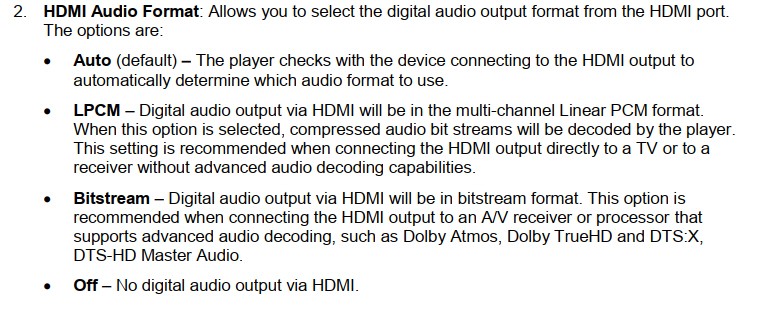engadget - CES 2019
I want Sony's 360 Reality Audio to be the future of music...
but I'm tempering expectations until it's ready for prime time.
(...)
Sony says you won't need a dedicated device to listen to the 3D audio, but you will need to use an app it's currently working on to measure your hearing. To do this, the smartphone software will allow you to
take a picture of your ear so the audio can be tailored to you based on an analysis of your hearing. Basically, you'll snap some photos and Sony's app will ensure the 3D Reality Audio will be optimized for you. You'll only have to do this once, and it sounds like it will eventually be pretty simple, but Sony's CES demo was a lot more involved.
In a tightly controlled room, Sony representatives first played some audio samples over a system of speakers positioned around the space. Those tracks already included the spatial component, delivering music in what was basically a 13-channel surround sound system. Then we moved on to headphones.
For the sake of the demo, the hearing analysis was done with very sensitive wire microphones inserted in my ears before I put on a pair of audiophile-grade MDR-Z7M2 headphones. The same audio samples were played again, and to be completely honest, I had a hard time telling the difference between the two. It's worth noting there's no head tracking at work here, but the 3D sound is big, booming and noticeably more immersive than what I'm used to from Spotify and other sources.
It's easy to impress with a well-planned demo that pumps carefully created audio files through $900 headphones, so it will be interesting to see what 360 Reality Audio sounds like when it's available for public consumption. The potential is certainly interesting, but until we know more about cost and overall availability, it's hard to get too excited. However, based on what we heard here at CES, Sony could very well be onto something.















